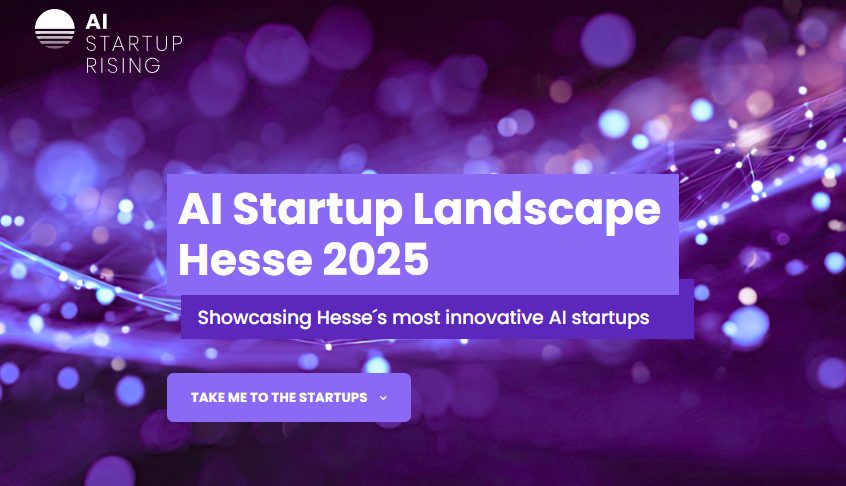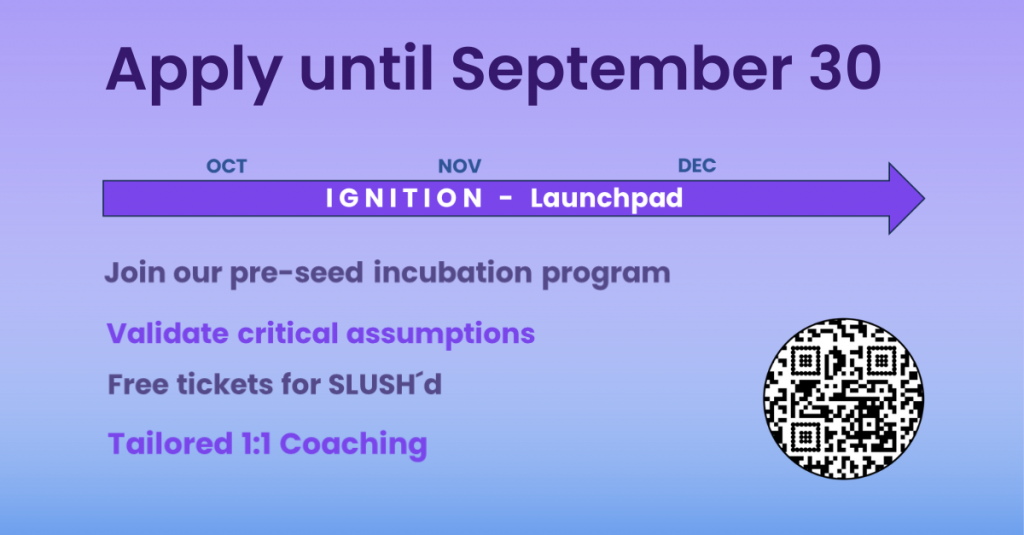
How Big Data and Green IT fit together
About Prof. Dr Thorsten Papenbrock
Prof. Dr Thorsten Papenbrock is a Qualification Professor at Philipps-Universität Marburg and heads the Big Data Analytics group there.
Papenbrock studied IT Systems Engineering at the Hasso Plattner Institute, where he completed his doctorate in 2017 and subsequently worked as a senior researcher. In 2021 he followed a call to Marburg.
Up and down the big data stack
Prof. Dr Thorsten Papenbrock and his Big Data Analytics group are researching “up and down the whole Big Data stack”, as he says. In addition to classic topics such as data cleansing, data integration or distributed computing, his focus is currently on data analytics with an emphasis on data profiling. The goal: to improve databases and data management.
For example, he is researching methods to find structural metadata that describe “what the data looks like, how it works, how it is connected. In data profiling, he looks for rules that the data follow. These are often very complex algorithms, “but that’s the beauty of it, we’re looking for the challenge,” says the researcher.
How databases and green IT are connected
“In terms of content, we are anchoring ourselves in green IT,” says Papenbrock. He sees computer science as a discipline that can help speed up processes. His research can, for example, make data warehousing more efficient – a great source of climate, he says. In concrete terms, the aim is to process large amounts of data more quickly, i.e. to speed up the profiling, cleansing and integration of data and thus make it more energy-efficient.
Papenbrock is therefore working with companies such as BMW and Rolls-Royce or in public projects of the BMWi or the NFDI to improve such data processes.
In the BMW Analytics project, for example, he is researching how predictive maintenance of motorbikes is possible based on unreliable sensor data. The AKITA project is about developing more efficient aircraft turbines that emit less CO₂ and noise. To this end, the researchers are developing systems to detect anomalies in engine test data. This should shorten Rolls-Royce’s test cycles and thus accelerate the development of better turbines.
In the Precision LDS project funded by the BMWi, AI methods are to be developed to support the surface coating process for offshore wind turbines. The coating is intended to make the plants resistant to salt water and is often checked manually for defects. Papenbrock’s research is intended to make this process more efficient: “Then no one will have to go over five kilometres of coating surface once with a test strip, but instead you will have an AI algorithm that says: look again at such and such a spot”.
More efficient AI and education about Green IT
In addition to the sometimes enormous complexity of the algorithms, Papenbrock cites the exchange of data between industry and research or between research and the public as a major challenge. Here, good networking, as offered by hessian.ai, is an advantage.
The centre helps him to network with the hessian AI research and data science scene and to make his work visible. In addition, researchers could access the computing resources that are scarce at universities.
But he also sees hessian.AI as an opportunity to contribute his own research topics and help shape the centre. Because his work could make an important contribution to AI research, where the principle of “garbage in – garbage out” applies. With his methods, the often faulty or incomplete data sets could be processed better – and thus more efficiently. In this way, it also directly promotes green IT.
According to Papenbrock, this involves the acceleration of processes and the intelligent control of systems such as heating and air conditioning systems. “Here I also see my task as communicating what is possible in the area of green IT and how it can be implemented,” says the data expert.



